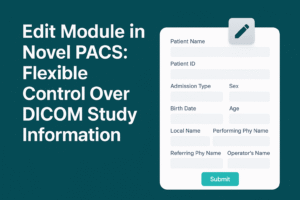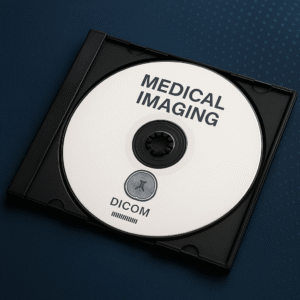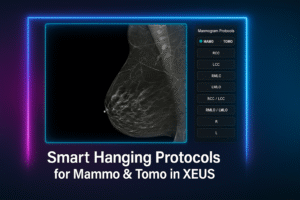Dose management software is a tool which not only allows you to control and monitor the dosage you have inside your facility, but also allows you to understand why and what people are doing in your facility it collects data, it allows you to perform compliance monitoring to do compliance reporting but it also gives you all the tools to understand what is going wrong, who’s making mistakes and the most important thing is it allows you to give feedback to the people in the field.
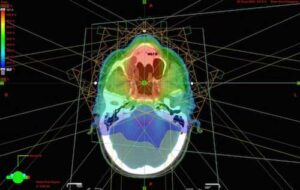
Today is the perfect moment in time to perform dose monitoring because there was a directive.
The European Directive 2013/59/Euratom requires member states of the European Union to ensure justification and optimization of radiological procedures and store information on patient exposure for analysis and quality assurance.
European Directive 2013/59/Euratom (EU-BSS) sets basic safety standards for protection against the risks of exposure to ionizing radiation.
This directive must be implemented by all European Union (EU) member states in national legislation and is important for patients as it ensures adequate radiation protection and optimization for anyone undergoing medical imaging procedures.
In 2019, EuroSafe Imaging launched a new working group (WG) on “Dose Management” with the aim to provide European recommendations on the implementation of dose management in clinical practice. The WG follows Action 4: “Promote dose management systems to establish local, national, and European diagnostic reference levels (DRL)” of the EuroSafe Imaging Call for Action 2018. EuroSafe Imaging Call for Action 2018.
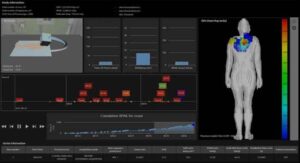
It was converted into legislation, right, so but it’s not only now the moment to do this because of the legislation, it’s also important because it helps your facility to improve, it helps your facility to make sure that you have better patient safety and that you have a better workflow, workflow efficiency in your department.
Take into account that dose management systems:
- DMS (dose management systems) are very helpful software tools for monitoring patient exposure, optimization, compliance with DRLs and quality assurance.
- DMS can help to fulfill dosimetric aspects of the European Directive 2013/59/Euratom.
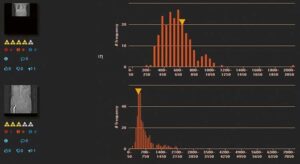
Clinical radiation protection includes several specific features supported by DMS:
- Collecting dosimetric data to establish local or national DRLs or typical (median) dose values [here]
- Checking compliance with DRLs [here]
- Prevention, detection and helping in reporting of unintended exposures [here]
- Optimization of patient exposure, especially in the field of computed tomography (CT) and interventional radiology (IR)
- Structured consolidation of dose documentation, reporting and tracking
- Notification if local or national alert levels are exceeded
- Local, regional or national benchmarking of patient exposure for modalities and procedures [here]
This results in direct requirements for basic functionalities of a DMS to achieve the above goals.
Yet this is not the whole story. Check the website for upcoming articles.
Reference: Radiation dose management systems


